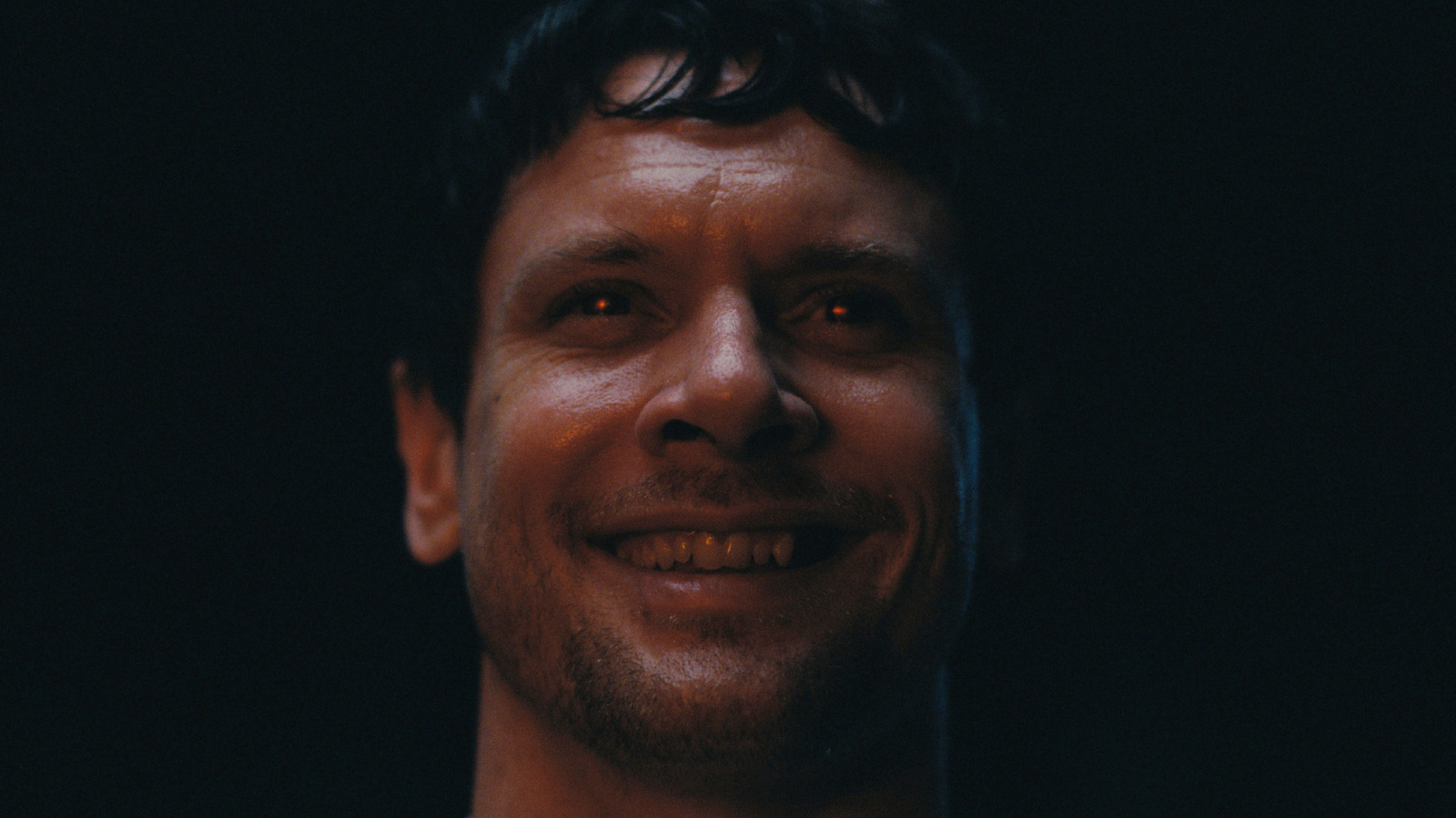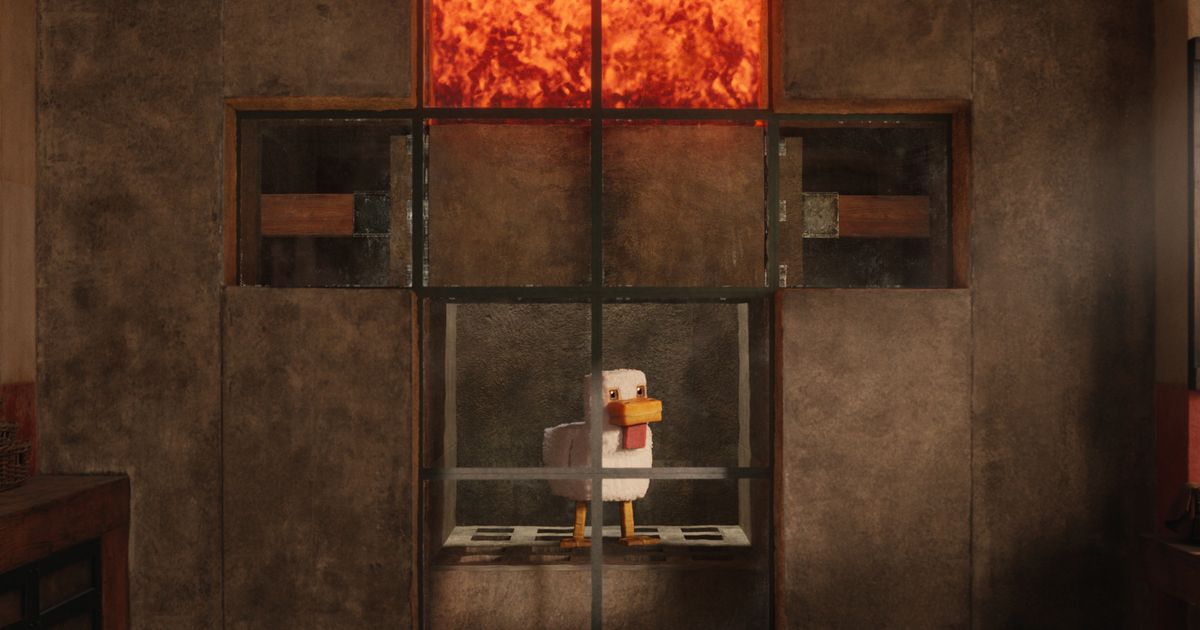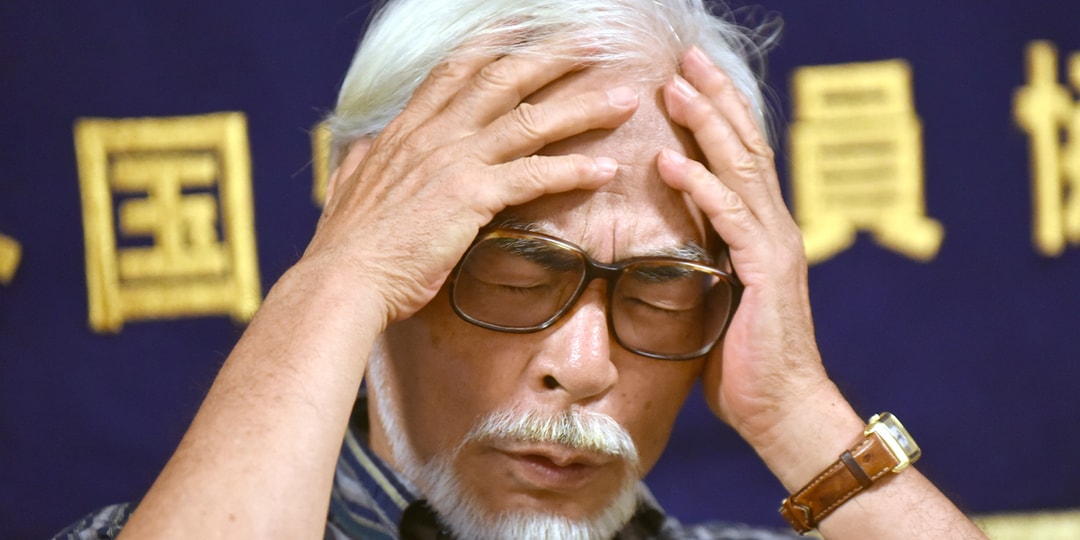Warfare: A Gripping Exploration of Modern Combat Through a Horror Lens

Describing Warfare as merely a war movie feels inadequate, especially when the traditional elements of such films are largely absent. War movies typically feature epic narratives, character arcs, and often search for deeper meanings behind the chaos of violence. In stark contrast, Warfare, directed by Alex Garlandknown for his previous works like Civil War, Annihilation, and Ex Machinaalongside former Navy SEAL Ray Mendoza, aims for a more visceral experience. The film's intent is to immerse viewers in the harrowing reality faced by soldiers, effectively making the audience feel the intensity and fear that accompanies modern warfare. Remarkably, the film leans more toward the horror genre than the typical war narrative, showcasing a chilling exploration of conflict.
The narrative of Warfare draws upon Mendozas real experiences during the Battle of Ramadi in Iraq, focusing specifically on a critical mission where a platoon of Navy SEALs was tasked with providing overwatch from within an Iraqi residence. The film opens with a meticulous depiction of the squad breaching the house, displacing two Iraqi families who call it home. As the soldiers settle in, the tension escalates. One soldier keeps watch over a nearby market while the rest await the inevitable chaos that looms just beyond the walls.
This tension is not unfounded. Soon, the SEAL team attracts the attention of insurgents, resulting in an ambush that traps them within the house. What ensues is a desperate fight for survival as the soldiers grapple with the dual challenges of escaping their perilous situation while also tending to several wounded team members.
To authentically convey this gripping tension, directors Garland and Mendoza employ horror film techniques that amplify the audience's sense of dread and anticipation. Garland, whose previous works have flirted with horror elements, particularly in his 2022 film Men, and Mendoza, who is making his directorial debut but has advised on other war films, dive headfirst into the horror genre with Warfare.
Throughout the film, jump scares replace traditional war movie tropes, with the cacophony of gunfire and explosions serving as a terrifying soundtrack. The film mirrors the tension of slasher films, where characters peer into shadowy unknowns. In this case, the threat comes not from a dark forest but from the very streets and alleyways that surround the SEALs, with danger lurking ominously around every corner.
While this approach brilliantly captures the soldiers' psychological terror, it also raises ethical questions about the portrayal of their adversaries. By framing the SEALs as an invasive force, the film doesnt romanticize their role; rather, it consistently highlights the terror experienced by the civilians caught in the crossfire. The narrative deftly cuts back to the frightened Iraqi families, underscoring the indifference of the SEALs to their plight amidst the chaos.
Furthermore, Warfare critiques the futility of the conflict it depicts. The film serves as an apt metaphor for the Iraq invasionan endeavor marked by its own difficulties, dangers, and ultimately, a harrowing withdrawal. This perspective provides a nuanced reflection, especially from the viewpoint of someone like Mendoza, who has firsthand experience in the conflict. The film avoids dehumanization, a risk often associated with war narratives, instead maintaining a focus on the visceral horror faced by the soldiers.
Beyond cinematic techniques, what elevates Warfare into the horror genre is its acute focus on the human body and the physical toll of war. The horror in this film is rooted deeply in the physicality of its characters. Whether it's the psychological scars or the visible wounds inflicted during combat, the film explores the brutal reality of warfare.
In one particularly gripping scene, a soldier lies in a prone position for hours while providing intel, illustrating the physical strain and mental fatigue that soldiers endure during long hours of vigilance. The portrayal is hauntingly real, emphasizing not just the physical discomfort but also the sheer exhaustion etched into the faces of the soldiers even before combat begins.
As the violence erupts, the film's structure aligns more closely with classic horror narratives. Wounded comrades become liabilities, heightening tensions and challenging the soldiers' resolve. This dynamic mirrors the classic horror trope of a group of individuals trapped in an inescapable situation.
Moreover, the physical injuries depicted in Warfare rival the gore seen in any horror film. The makeup and effects team has crafted convincing, stomach-churning injuries that serve to highlight the real dangers faced by the SEALs. The filmmakers emphasize the auditory horrors as well, allowing sounds of explosions and distant screams to reverberate long after they occur, creating a disorienting atmosphere that simulates the incessant stress of warfare.
What sets Warfare apart from its horror counterparts is its refusal to reduce these moments to mere jump scares. Instead, Garland and Mendoza aim to transport viewers into the soldiers' world, delivering a raw, unfiltered experience of their trauma. The sounds, sights, and overall ambiance of despair create a psychological tapestry that envelops the audience, showcasing the relentless nature of their circumstances.
While its evident that Warfare cannot fully encapsulate the realities of combat, its innovative use of horror genre tools allows it to depict one of the most gripping portrayals of modern warfare seen in recent cinema. The film is currently in theaters, offering a chilling look at the complexities of modern conflict and the psychological toll it exacts on those who serve.



























